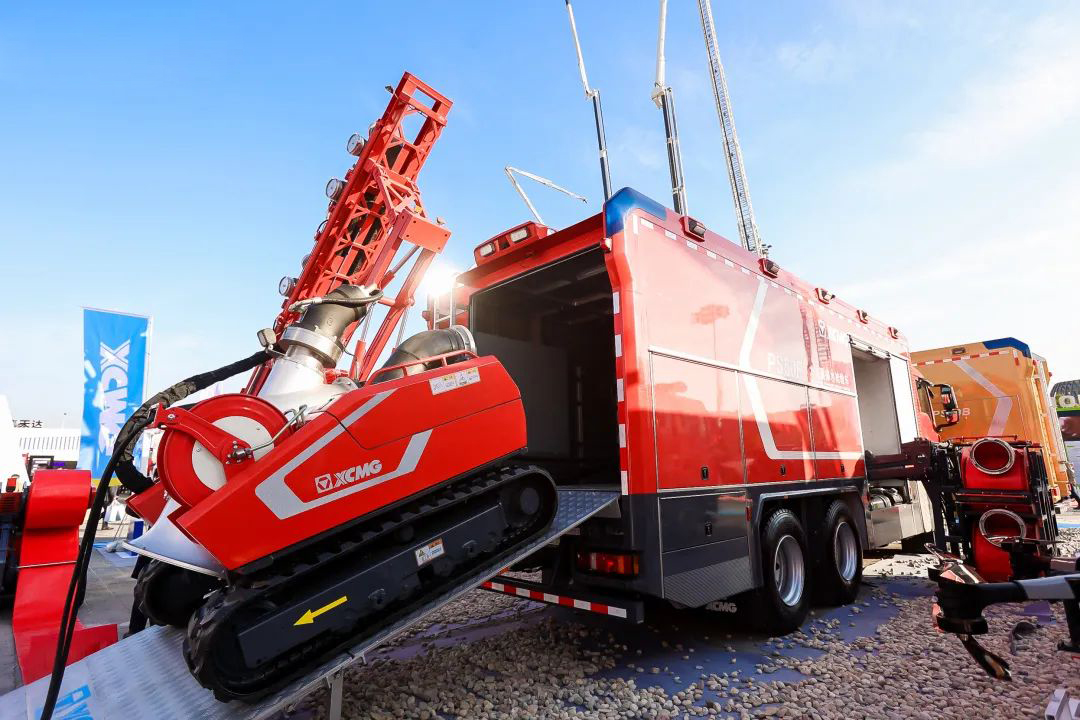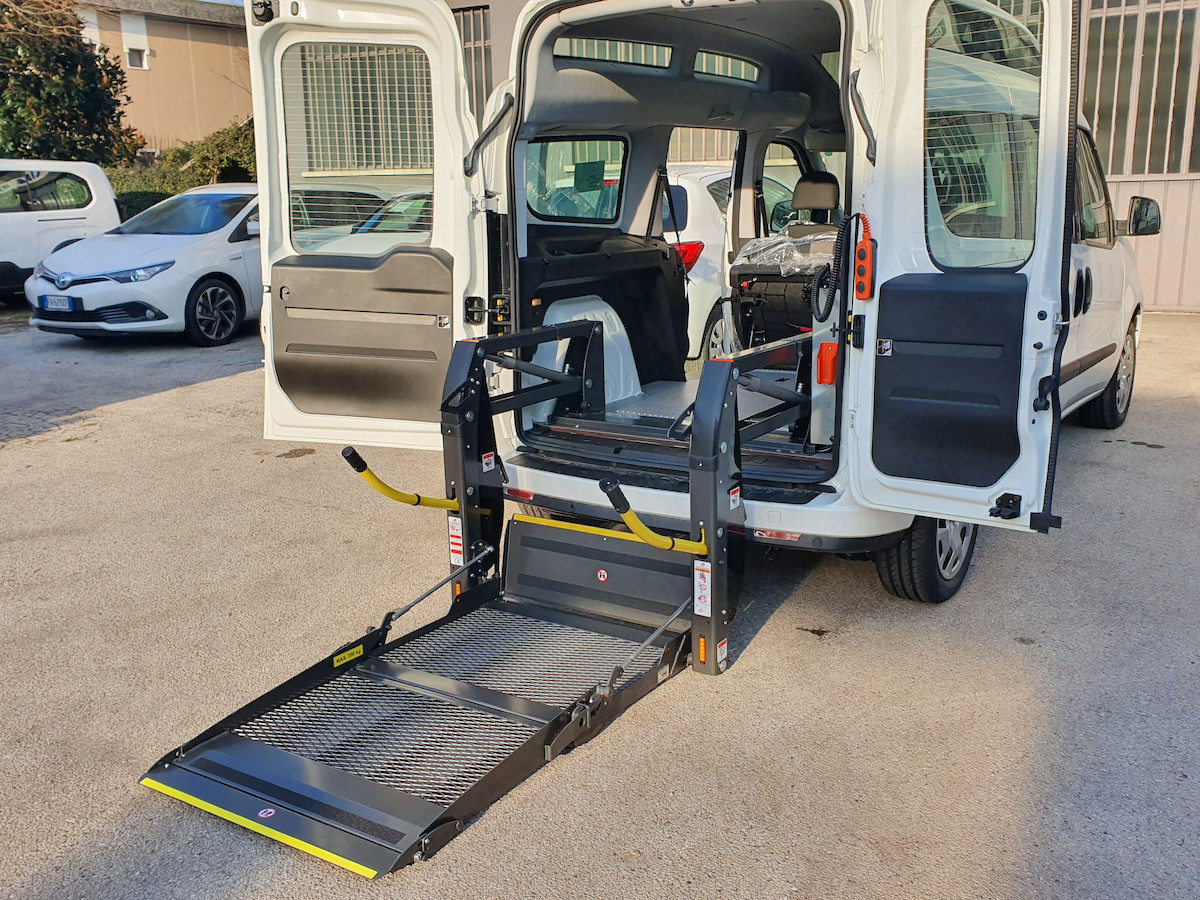In recent years, the demand for taillifts has been on the rise, as businesses seek to improve efficiency and safety in their operations. Taillifts, also known as tailgate lifts, are hydraulic or mechanical devices that are installed on the rear of a commercial vehicle to facilitate the loading and unloading of goods. They play a crucial role in the logistics and transportation industry, enabling the smooth and safe handling of heavy or bulky items.
As the use of taillifts becomes more prevalent, there is a growing emphasis on enhancing their safety features to reduce workplace accidents. Manufacturers of Original Equipment Manufacturer (OEM) and Original Design Manufacturer (ODM) taillifts are continuously innovating to incorporate advanced security upgrades that mitigate the risk of injuries and accidents during the operation of these devices.

The importance of security upgrades in taillifts cannot be overstated, as workplace accidents involving these devices can have serious consequences. According to industry reports, a significant number of workplace injuries are attributed to accidents related to taillifts, including incidents such as trapping fingers or limbs, falling goods, and collisions with the lift mechanism. These accidents not only pose a threat to the safety of workers but also result in productivity losses and potential legal liabilities for businesses.
In response to these concerns, manufacturers of taillifts are focusing on integrating advanced security features into their products. These security upgrades are designed to minimize the risk of accidents and enhance the overall safety of taillift operations. Some of the key security upgrades that are being incorporated into OEM and ODM taillifts include:
Furthermore, the implementation of these security upgrades aligns with the broader industry trend towards prioritizing safety in all aspects of commercial vehicle operations. As businesses face increasing pressure to uphold stringent safety standards and regulations, investing in taillifts equipped with advanced security features can help them demonstrate their commitment to ensuring the well-being of their employees and the public.
Furthermore, the implementation of these security upgrades aligns with the broader industry trend towards prioritizing safety in all aspects of commercial vehicle operations. As businesses face increasing pressure to uphold stringent safety standards and regulations, investing in taillifts equipped with advanced security features can help them demonstrate their commitment to ensuring the well-being of their employees and the public.
In conclusion, the ongoing development of security upgrades in OEM and ODM taillifts is a positive advancement for the logistics and transportation industry. By integrating advanced safety features such as anti-pinch technology, overload protection, enhanced control systems, improved stability, and compliance with safety standards, manufacturers are addressing the critical need to reduce workplace accidents related to taillift operations. As businesses continue to prioritize safety in their operations, the adoption of these security upgrades in taillifts will play a pivotal role in creating safer work environments and improving overall operational efficiency.

Post time: May-10-2024
